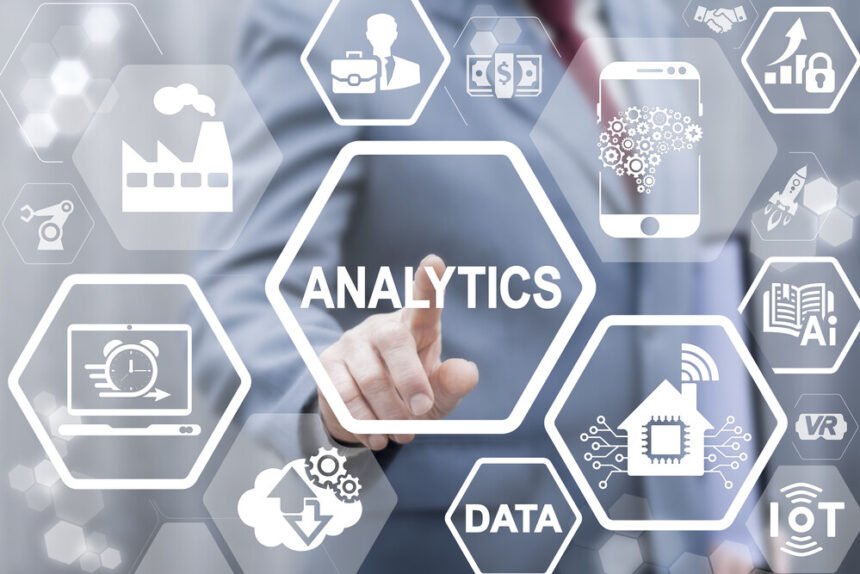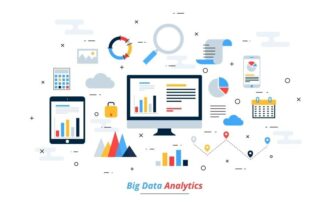In 2018, gender and racial equality are larger concerns than ever before. Fortunately, big data has the potential to address these issues in important new ways. It can help with hiring and compliance in virtually every organization.
Concerns about workplace equality are rising
Workplace equality has been a major concern since the 1980s. Although the gap has closed in recent years, it is still a concern to many people, especially as women continue to make 78 cents on the dollar compared to their male colleagues. This number has been disputed by people that point out that it doesn’t account for hours worked, experience and other factors. However, it still indicates an imbalance in wages between male and female employees.
A few months ago, former Google engineer James Damore released a controversial memo that drew more attention to the issue. Concerns about workplace equality have become more heated following this controversy.
Business leaders, activists and regulators in every field have started discussing new ways to deal with gender equality. They have started to realize that big data could be a game changer.
How can big data help with workplace equality?
While most experts have emphasized the ways that big data can help with marketing and logistics, they have also discovered ways to use data to improve diversity outcomes. Here are some big data solutions to workplace equality concerns.
Using big data to track diversity metrics
Last year, Google made a surprising announcement. The company said that diversity was one of its foremost concerns. They wanted to track their progress with improving diversity ratios. They created an online tool called the “Diversity Tracker” to monitor the number of employees in various demographic groups. They said that this tool was implemented to improve transparency. Since it was launched, Google has improved its diversity metrics considerably.
“Google should be a place where people from different backgrounds and experiences come to do their best work–a place where every Googler feels they belong. The truth is that we’re not there yet. We know diversity and inclusion are values critical to our success and future innovation. We also know challenging bias–inside and outside our walls–is the right thing to do. That’s why we continue to support efforts that fuel our commitments to progress. These commitments require us to look at bias through a wider lens: at Google, in the industry, and in society. And while progress will take time, our actions today will determine who we are in the future,” Google writes.
Using Hadoop data mining to find a larger base of qualified minority candidates
Companies in some regions have a more difficult time finding minority candidates than others. This is often due to homogeneous demographics of the region question.
Data mining tools make it much easier for companies to identify minority candidates to hire. Recruiters can use tools such as Greenhouse Recruiting Software to find a larger base of potential employees through LinkedIn and other professional networking and employment databases.
Better monitoring internal complaints
The memo that James Damore released sent shockwaves through Google. Other employees were furious about his statements, even though many of them agreed with certain elements of his report.
Most allegations of discrimination do not receive nearly as much attention. They tend to go unnoticed for a number of reasons, ranging from empathy fatigue to apathy. Employees may file bias incident reports, but they often get lost or ignored by diversity officers.
Big data makes it easier to track these reports for auditing purposes. The chief diversity officer can routinely monitor complaints to see how many were filed and what percent were sufficiently addressed.
This information can also be important for external audits. The department of labor may be close attention to them if they are investigating a company for institutional discrimination allegations. The data could also be subpoenaed by employees filing a civil suit against their employer.
So far, tracking these statistics it’s not mandatory. However, that may change in the near future.










